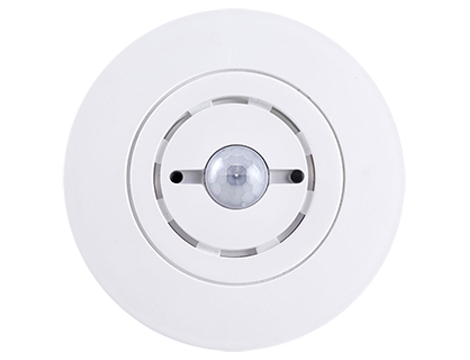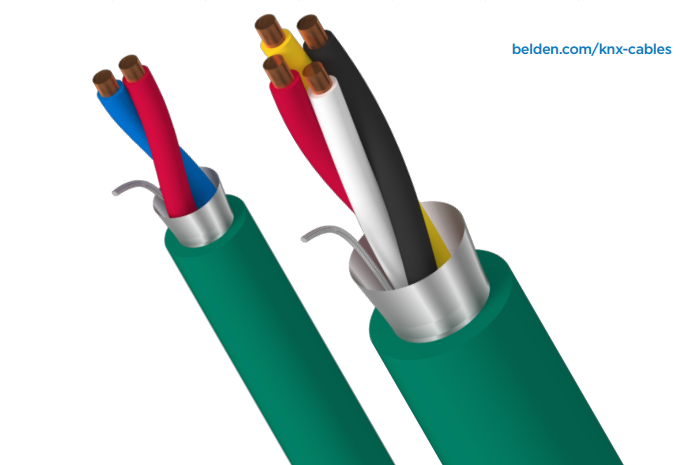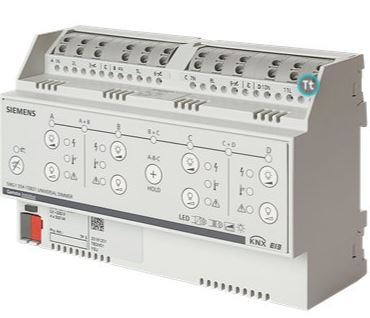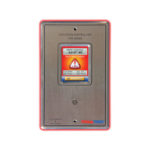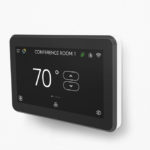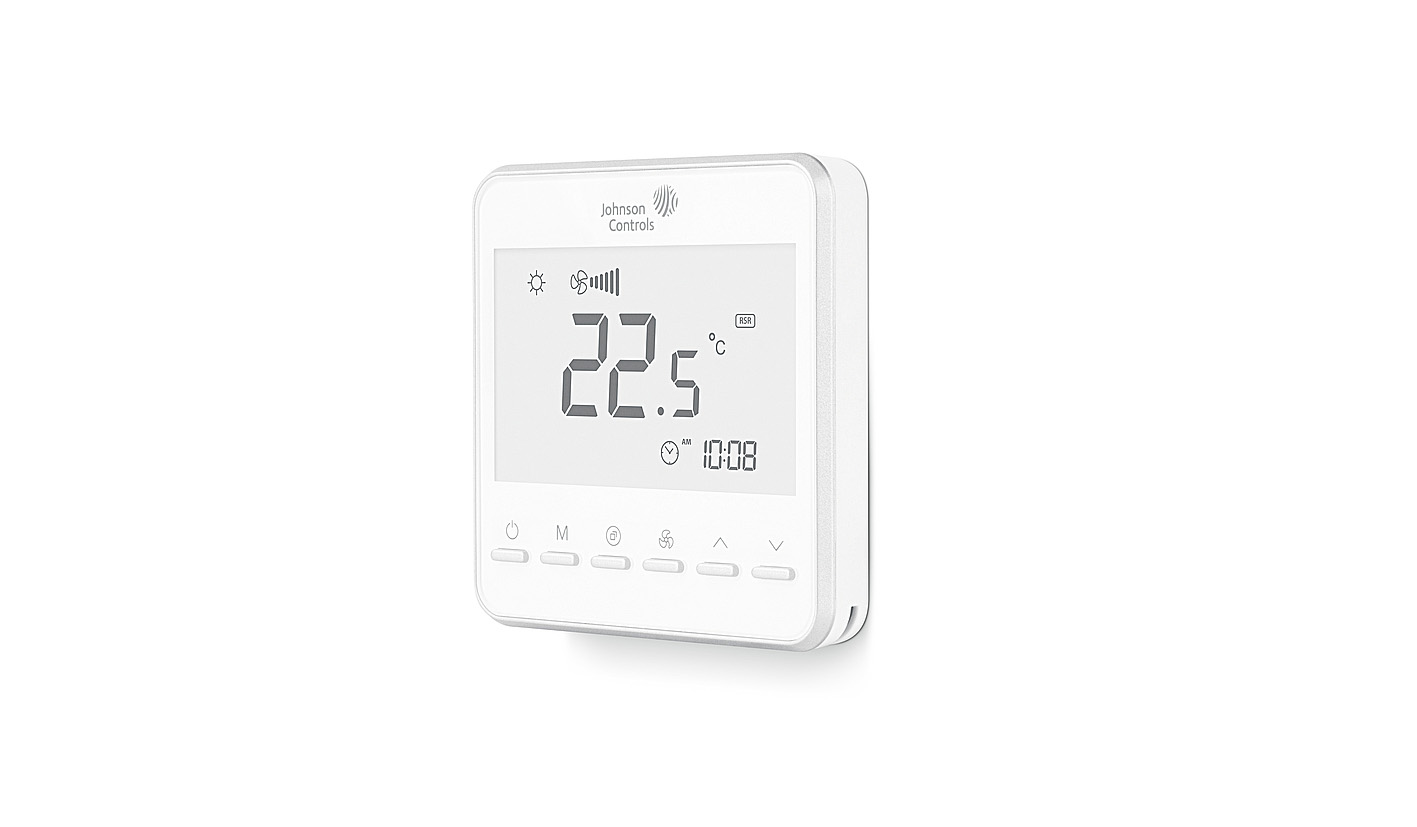JCI Presence & Movement Sensor
KNX presence detector basic
The new range of sensors, combining information on presence, brightness, humidity, temperature and sound, manages effectively heating, cooling, lighting, shading control and room optimization, complying with Leed®, Breeam® and Well® requirements for buildings.
A KNX presence and movement sensor is a device used in building automation systems that are based on the KNX standard. KNX (Konnex) is a standardized communication protocol for building automation and control systems. These sensors are designed to detect the presence or movement of individuals within a specific area and communicate this information to the KNX system for further automation and control.
Here are the key features and functionalities of a KNX presence and movement sensor:
Presence Detection: The sensor can detect the presence of people within a defined space. This is often used to trigger various automation functions such as turning on lights, adjusting climate control settings, or activating security measures when someone enters the area.
Movement Detection: In addition to presence detection, these sensors can also identify movement. This capability is useful for applications where specific actions need to be taken based on the direction or speed of movement within a space.
KNX Compatibility: Being part of the KNX system, these sensors communicate using the KNX protocol. This means they can seamlessly integrate with other KNX devices and systems in the building, allowing for a comprehensive and unified approach to automation and control.
Energy Efficiency: KNX presence and movement sensors play a crucial role in enhancing energy efficiency within a building. By detecting when spaces are occupied or when movement is detected, the system can optimize lighting, heating, and cooling, leading to reduced energy consumption.
Customizable Settings: Users can often customize the sensitivity and response parameters of KNX presence and movement sensors. This flexibility allows the system to be tailored to the specific needs and characteristics of the environment in which the sensors are installed.
Integration with Other Systems: KNX devices, including presence and movement sensors, can be integrated with other building systems such as security systems, access control, and audiovisual systems. This integration enhances overall building management and control.
Automation Scenarios: Based on the data received from the sensors, automation scenarios can be programmed. For example, lights may automatically turn off when a room is unoccupied for a specified period, or heating systems may adjust based on the detected presence and movement patterns.
Overall, KNX presence and movement sensors contribute to the smart and efficient management of building spaces, creating a comfortable and energy-efficient environment while allowing for a high level of customization and control.


